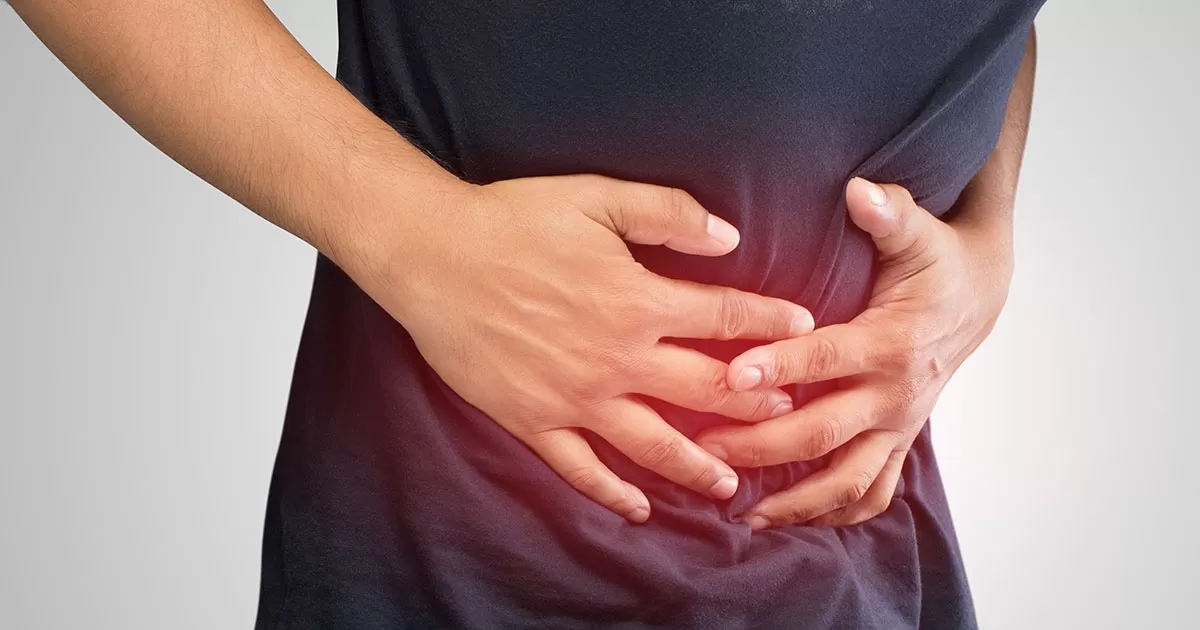
What is the liver for?
Home > Health Info > Health Articles

The liver is the largest solid organ in the human body. It receives about 1.5 litres of blood per minute, and is involved in three major vital functions that are essential to our body: cleansing, synthesis, and storage.
There is a cleansing function : The liver collects many toxins, transforms them to make them harmless, and then eliminates them. It destroys old red and white blood cells, as well as certain bacteria present in the blood. It destroys the toxins that come naturally from the waste products produced by our body, such as ammonia, as well as toxins that we ingest, such as alcohol. It neutralises the drugs we absorb after they have taken effect, and thus prevents any dangerous accumulation
There is a synthesis function : The liver is involved in metabolising carbohydrates, lipids (cholesterol, triglycerides), and proteins (albumen). It has an essential role in the production of coagulation factors, to prevent haemorrhaging. It is involved in the production and secretion of bile (600 to 1200 ml per day), which is stored and concentrated in the gall bladder.
There is a storage function :The liver stores the fat-soluble vitamins (A, D, K, and E) and glycogen. It thus stores energy in the form of sugar and makes it available to the body in case of need.
The liver is a vital organ; one of the most important parts of our body.
Where is it located in the body?
From an anatomical point of view, the liver is located under the diaphragm and extends across the entire width of the abdominal cavity. The liver is the largest organ in the body. It weighs between 1400 and 1600 g, and is about ten centimetres high at its thickest point.
It is divided into two parts (right lobe and left lobe) by the falciform ligament. The gall bladder is located alongside the right lobe, and acts as a reservoir for bile. The liver and gall bladder are connected to the intestine by the bile duct, formed by the merger of the intrahepatic bile ducts.
The liver is the only organ that receives blood from two sources: the hepatic artery, which brings blood from the heart, and the portal vein, which brings blood from the intestines. Blood leaves the liver via the hepatic veins.
On the microscopic level, the liver consists of units that function individually, called lobules, which contain blood vessels, channels and cords interspersed with liver cells (hepatocytes), which behave as exchange areas.
Share :




